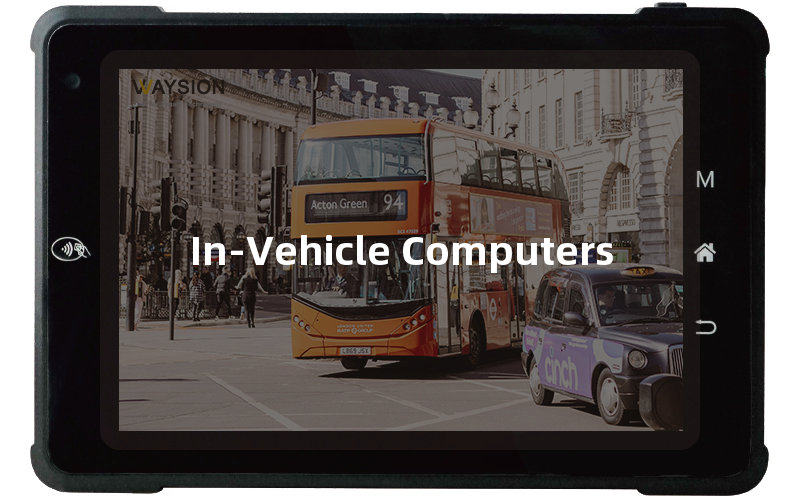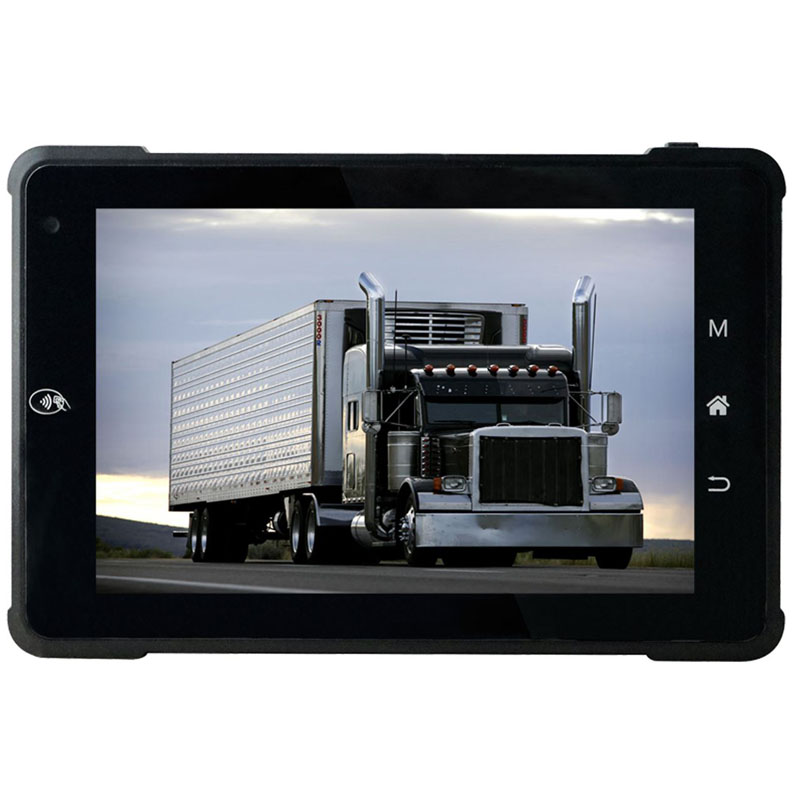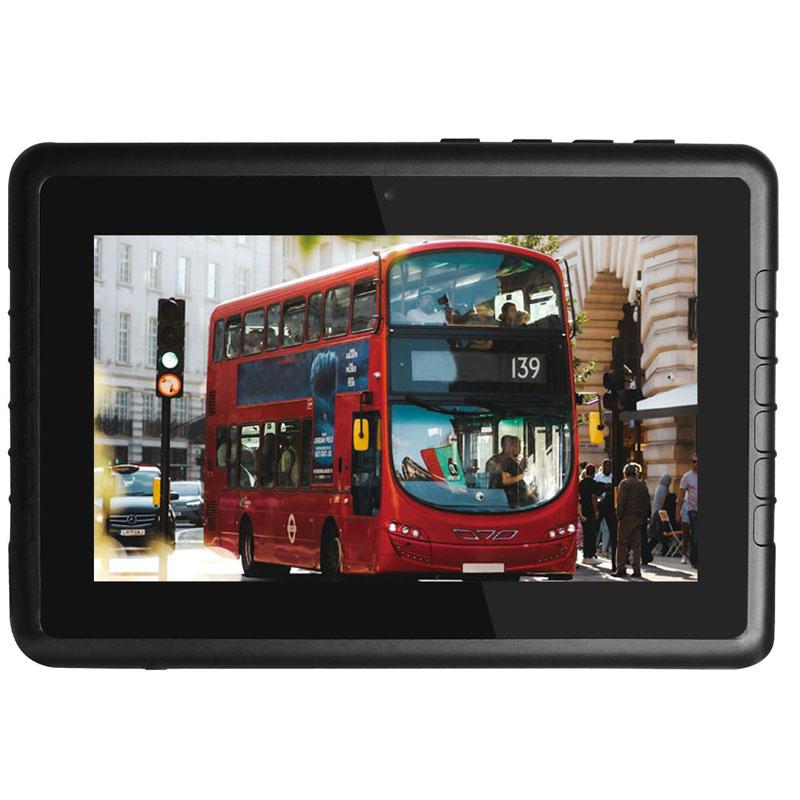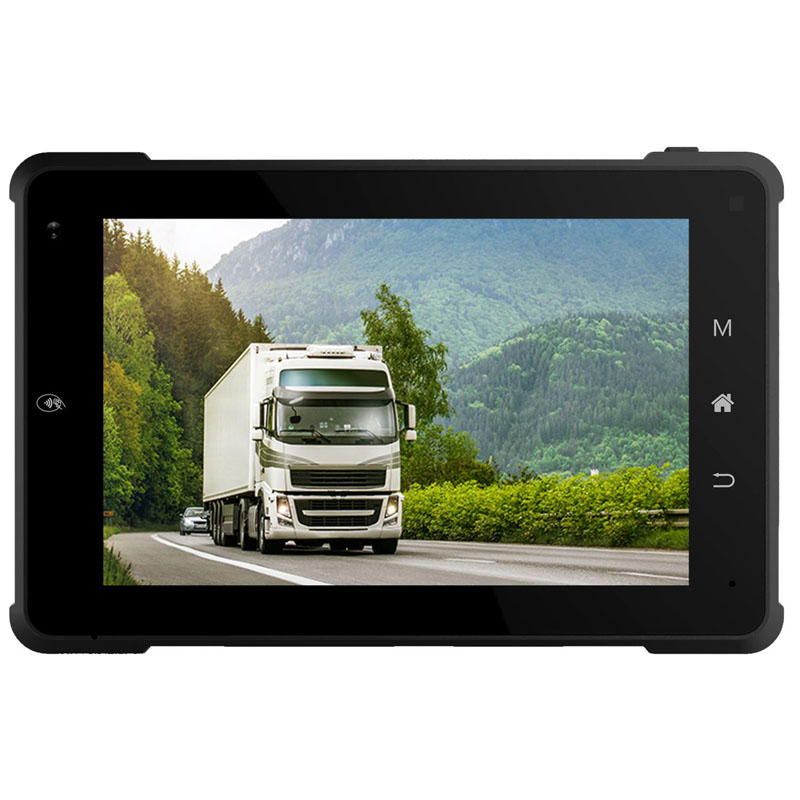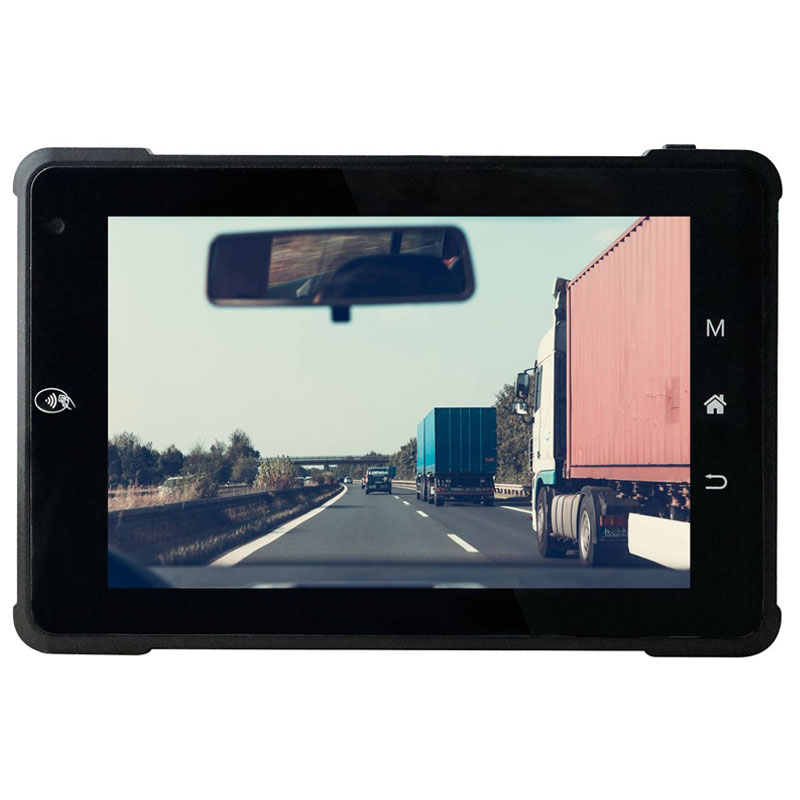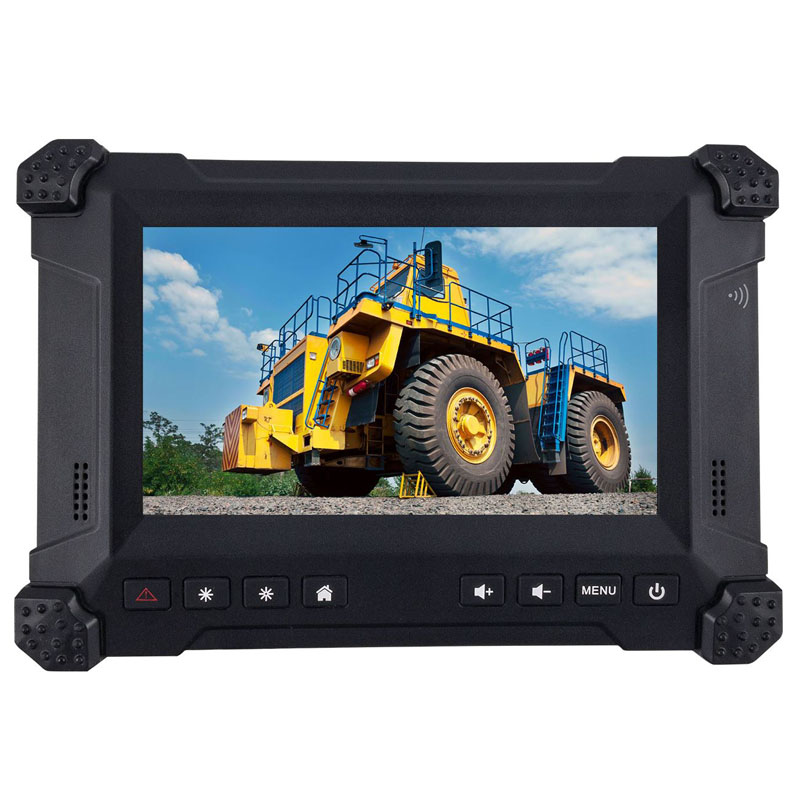Unlocking the Potential of In-Vehicle Computers for Enhanced Efficiency and Safety
In today’s fast-paced world, where efficiency and safety are paramount concerns for businesses and individuals alike, the role of technology in optimizing operations cannot be overstated. In the realm of transportation, in-vehicle computers have emerged as indispensable tools for streamlining processes, enhancing communication, and ensuring the well-being of drivers and passengers. As a leading provider of cutting-edge solutions, we recognize the transformative power of in-vehicle computers and aim to shed light on their myriad benefits in this comprehensive guide.
Maximizing Efficiency with In-Vehicle Computers
In an era characterized by tight deadlines and rigorous performance standards, businesses across industries are constantly seeking ways to boost efficiency and productivity. In this context, the integration of in-vehicle computers into fleet management systems has emerged as a game-changer. These sophisticated devices serve as centralized hubs for gathering and analyzing crucial data related to vehicle performance, driver behavior, and logistical operations.
By leveraging real-time insights provided by in-vehicle computers, businesses can make informed decisions to optimize route planning, minimize fuel consumption, and mitigate the risk of delays. Moreover, the seamless integration of these devices with existing fleet management software enables automated reporting, maintenance scheduling, and asset tracking, thereby freeing up valuable time and resources for other core activities.
Enhancing Safety and Compliance
Beyond the realm of operational efficiency, in-vehicle computers play a pivotal role in ensuring the safety and compliance of drivers and vehicles. Equipped with advanced features such as GPS tracking, driver behavior monitoring, and collision detection systems, these devices empower businesses to proactively identify and address potential safety hazards before they escalate into serious incidents.
Moreover, in-vehicle computers facilitate compliance with industry regulations and standards by recording and storing critical data points such as driving hours, vehicle inspections, and maintenance records. This not only helps businesses avoid costly fines and penalties but also fosters a culture of accountability and responsibility among drivers and stakeholders.
Optimizing Communication and Connectivity
In today’s interconnected world, seamless communication and connectivity are essential prerequisites for success in any industry. In-vehicle computers serve as invaluable tools for facilitating real-time communication between drivers, dispatchers, and back-office personnel, thereby fostering collaboration and coordination across the entire organization.
Whether it’s updating delivery schedules, rerouting vehicles in response to traffic incidents, or addressing urgent maintenance issues, in-vehicle computers provide a robust platform for exchanging information and executing tasks with unprecedented speed and precision. Furthermore, the integration of wireless connectivity technologies such as 4G/LTE ensures uninterrupted access to data and applications, regardless of geographical location or environmental conditions.
Future Prospects and Emerging Trends
As technology continues to evolve at a rapid pace, the future prospects for in-vehicle computers appear exceedingly promising. With advancements in artificial intelligence, machine learning, and autonomous driving technologies, these devices are poised to become even more intelligent, intuitive, and adaptive in the years to come.
Furthermore, the rise of connected vehicles and the Internet of Things (IoT) ecosystem is expected to further enhance the capabilities of in-vehicle computers by enabling seamless integration with external sensors, telematics platforms, and cloud-based services. This convergence of technologies holds the potential to revolutionize the way we perceive and interact with vehicles, paving the way for safer, more efficient, and more sustainable transportation systems.
Conclusion
In conclusion, in-vehicle computers represent a paradigm shift in the way we approach transportation and logistics management. By harnessing the power of data, connectivity, and intelligence, these devices enable businesses to optimize efficiency, enhance safety, and stay ahead of the curve in an increasingly competitive landscape. As a trusted partner in the realm of technology solutions, we remain committed to driving innovation and empowering our clients to achieve their goals with confidence and conviction.
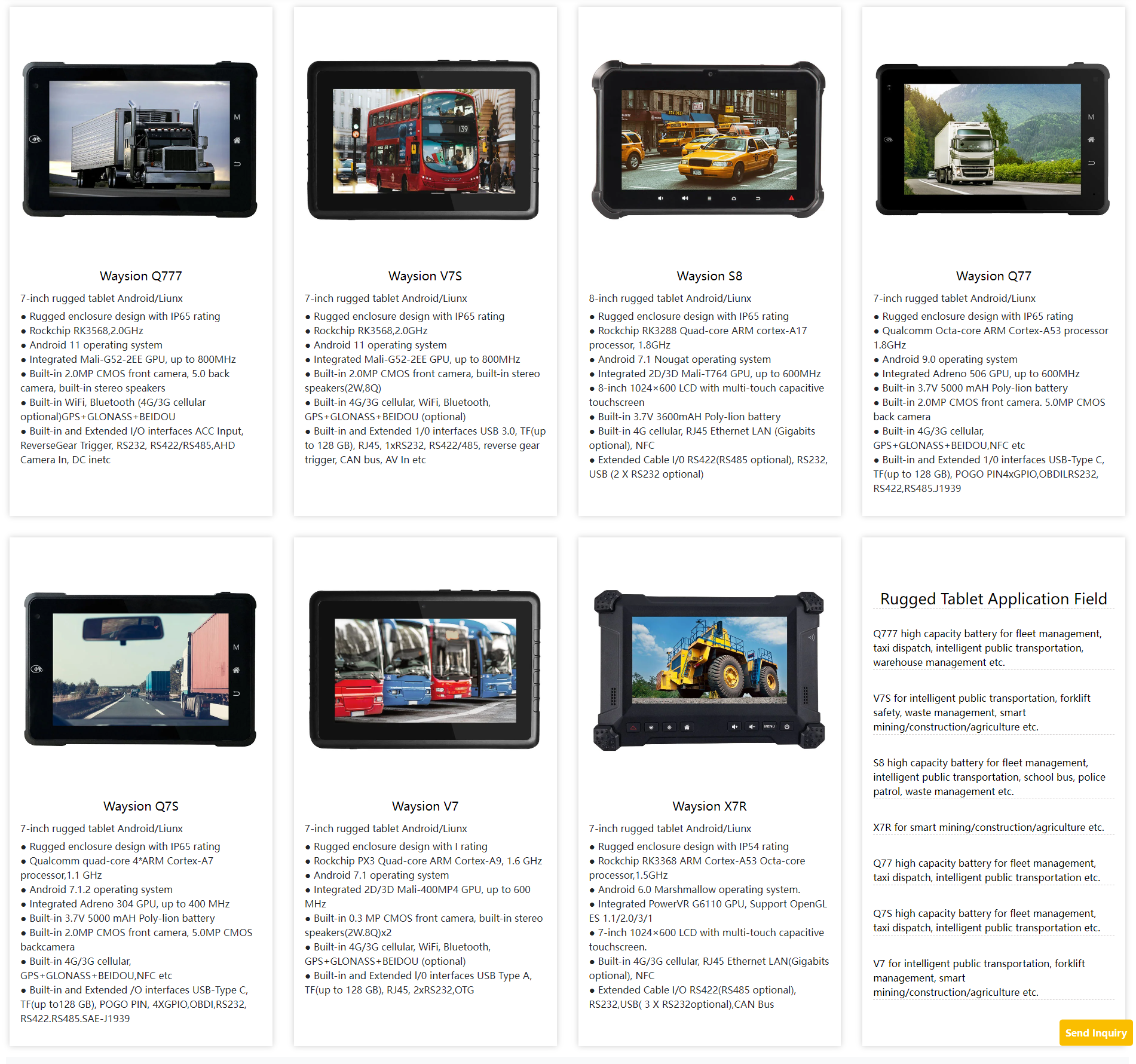
In-Vehicle Computers FAQ
- What is in a vehicle computer?
A vehicle computer, also known as an onboard computer or an internal computer, typically contains several components that work together to monitor and control various aspects of the vehicle’s performance. These components may include:
- Central Processing Unit (CPU): The brain of the computer that processes information and sends commands to other parts of the vehicle.
- Memory: Random Access Memory (RAM) for temporary storage of data and Read-Only Memory (ROM) for permanent storage of essential programs and data.
- Sensors: Various sensors throughout the vehicle that monitor things like engine temperature, speed, fuel level, and more.
- Input/Output Devices: Devices like the dashboard display, buttons, and switches that allow the driver to interact with the computer.
- CommunicationInterfaces:Interfaces that allow the computer to communicate with other vehicle systems, such as the anti-lock braking system, the engine control unit, and the entertainment system.
- What is the onboard computer in a car called?
The onboard computer in a car is often referred to as the Engine Control Module (ECM) or the Powertrain Control Module (PCM). It is sometimes also called the Vehicle Management System (VMS) or the Electronic Control Unit (ECU).
- What does an onboard computer do in a car?
An onboard computer in a car performs a variety of functions to ensure the vehicle operates efficiently and safely. Some of its main tasks include:
- Monitoring and adjusting engine performance, including fuel injection, ignition timing, and emissions control.
- Controlling the transmission and other parts of the drivetrain to optimize performance and fuel economy.
- Managing the vehicle’s safety systems, such as the anti-lock braking system, stability control, and airbags.
- Providing diagnostic information and error codes that can be used to identify and fix problems with the vehicle.
- Monitoring and controlling various comfort and convenience features, such as the climate control system, the audio system, and the navigation system.
- What is the internal computer in a car?
The internal computer in a car is another term for the onboard computer or the engine control module (ECM). It refers to the computer system that is integrated into the vehicle’s internal network and controls various aspects of the vehicle’s operation, as mentioned in the previous answers.


